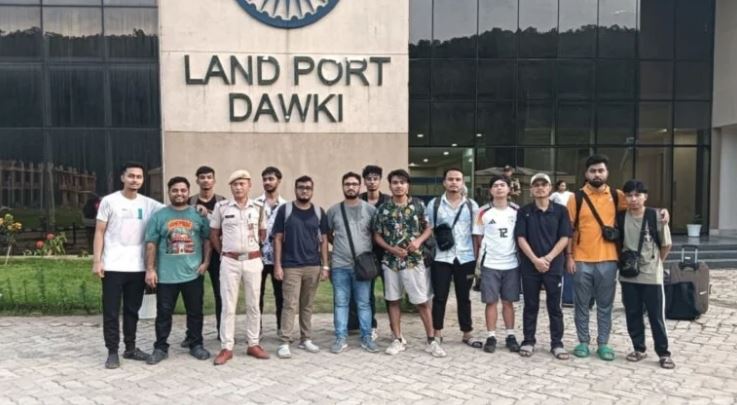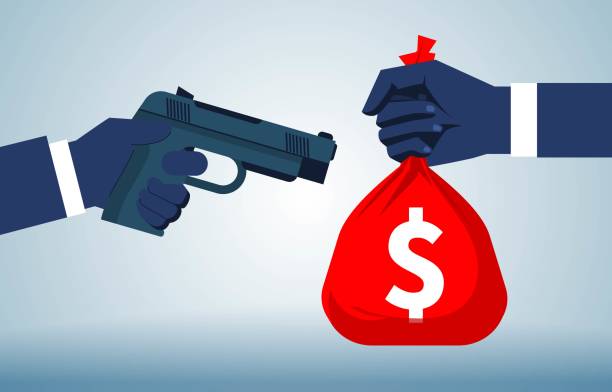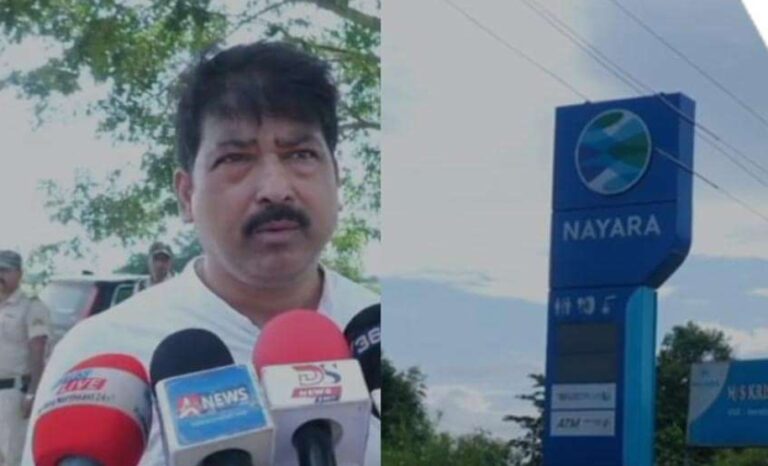A leading American handwriting expert has concluded that Netaji Subhas Chandra Bose lived in India for
several decades after Independence, under the identity of a reclusive ascetic, Gumnami Baba claims a new book.
The expert, Carl Baggett, reached his conclusion after studying letterswritten by both Bose and Gumnami Baba
Baggett is an authority on document examination with over 40 years of experience and has completed over
5,000 cases. Certified by the American Bureau of Document Examiners, Baggett has testified as an expert
witness in handwriting in all states in the US. He was given the two sets of letters to analyse without being told
the identities of the writers. After he said they were written by the same man, it was revealed to him that the
person in question was Netaji Bose. Baggett stood by his conclusion and gave a signed statement to that effect.
According to official records, Bose was killed in an air crash in Taiwan in August 1945 and his ashes were later
deposited at the Renkoji temple in Tokyo. However, there have been long been theories that he survived the
crash, made his way to India and lived as Gumnami Baba in Uttar Pradesh’s Faizabad for several decades.
The book, ‘Conundrum: Subhas Bose’s Life After Death’ by Chandrachur Ghose and Anuj Dhar, mentions a set of
130 letters written by Gumnami Baba to Pabitra Mohan Roy between 1962 and 1985. Roy had served in the
Indian National Army (INA) and was a confidante of Netaji. According to the book, he kept in touch with Gumnami
Baba and often met him over the years.
The authors believe that the letters -made public for the first time by Roy’s family – provide clinching evidence
and plan to take the issue to court to press for a multi-disciplinary investigation into the mystery around
Bose’s death. “If we could access and examine so many documents with our limited resources, a court-ordered
inquiry could do more. These are just investigation into the mystery around Bose’s death. “If we could access and
examine so many documents with our limited resources, a court-ordered inquiry could do more. These are just
20% of the documents,” says Dhar.




















